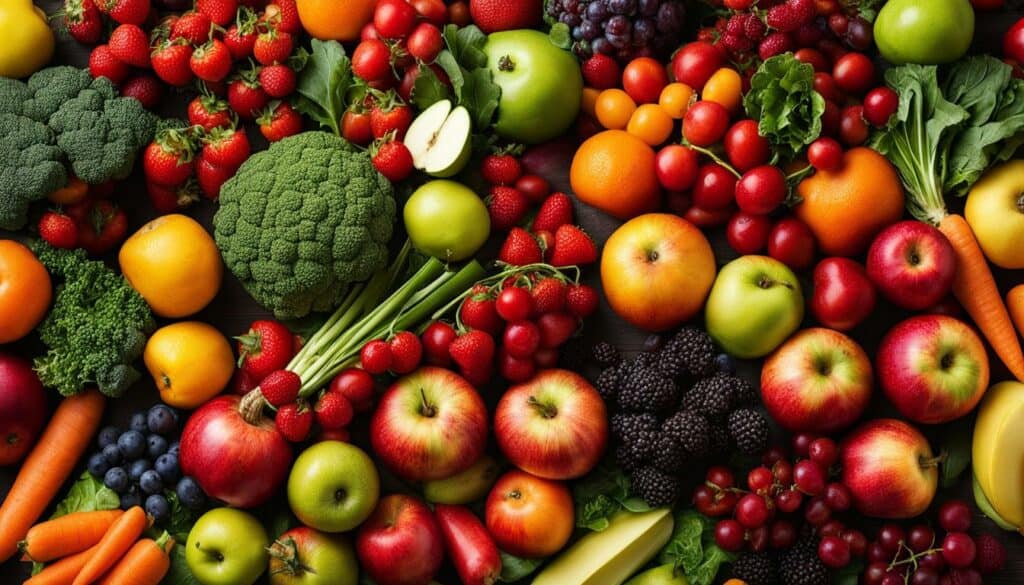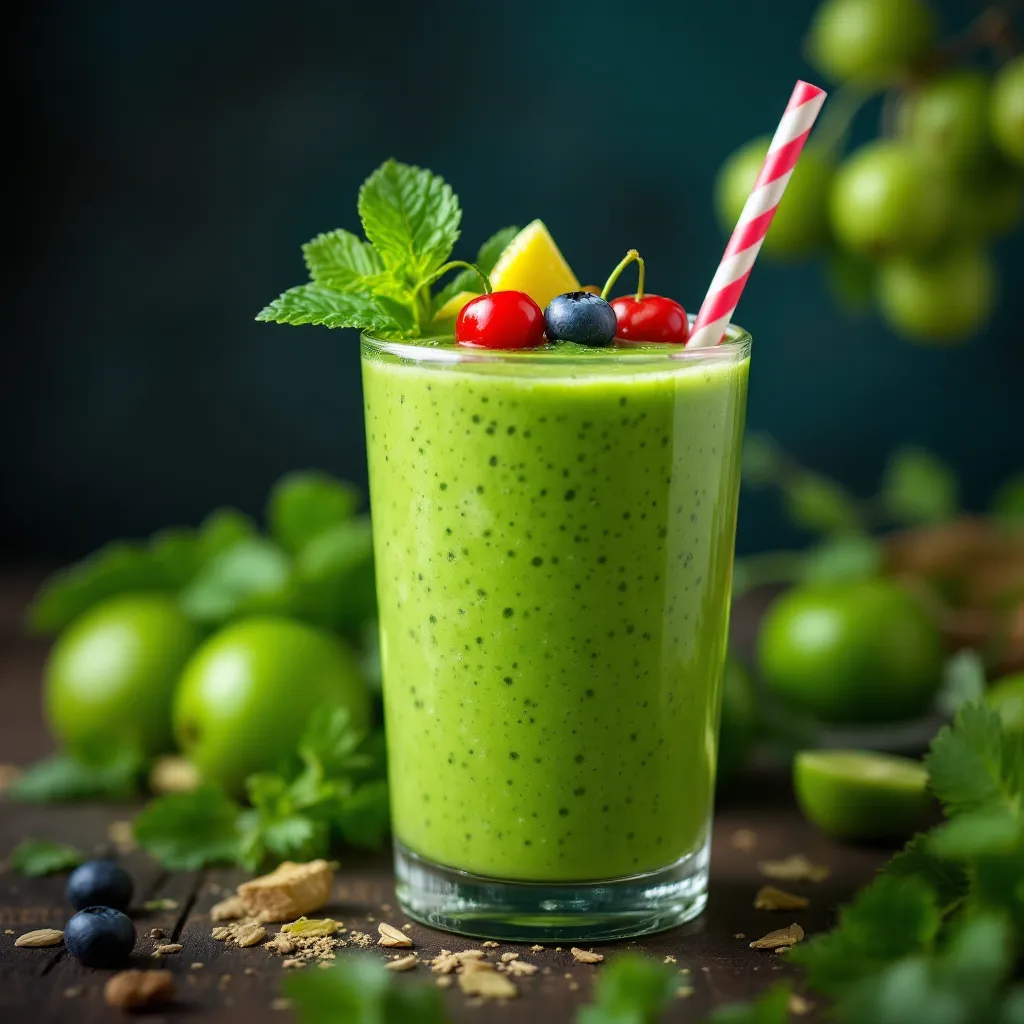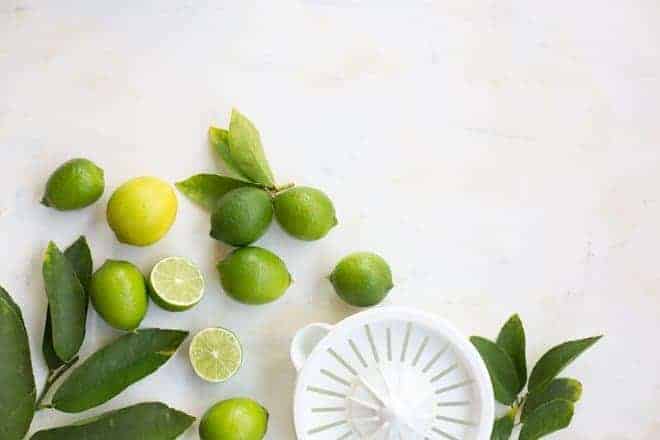Juicing delivers 3.2x more vitamins per ounce than eating whole fruits. Follow these 7 expert-tested juicing tips to maximize nutrient absorption.
There are many different types of juicers available today, and they all do their job well. However, not all juicers are created equal. This is why it’s important to read expert reviews and comparisons before purchasing one. Here are a few key things to consider when choosing a juicer.
⚡ Key Takeaways
- Understand the two main juicer types: Choose between centrifugal (faster, thicker juice) and masticating (grinds whole foods) models, weighing their pros and cons.
- Research before you buy: Not all juicers are equal; read reviews and consider your daily needs, space, and budget ($50-$400+).
- Know that a machine isn’t mandatory: You can use a blender to make fiber-rich blends, though you must manually remove seeds, rinds, and some skins.
- Prioritize immediate consumption and cleanliness: Drink juice fresh for food safety and thoroughly clean your equipment after each use.
- Recognize the risks of juice-only diets: They can lack fiber and protein, leading to hunger, potential muscle loss, and unhealthy food cravings.
- Compare juices and smoothies: Juices separate pulp (losing some fiber), while smoothies retain it, though high-speed blending may degrade some nutrients with heat.
What is a juicer?
A juicer extracts juice from fruits or vegetables by crushing them with blades that cut the produce into small pieces. The pulp left over after extracting the juice can be used in smoothies or added back to your food as part of a salad. A high-quality juicer will efficiently separate the juice from the fiber, maximizing yield and minimizing waste. You should also consider your daily volume needs because some models take up more counter space than others. If you’re looking for something portable, then check out our list of the best travel blenders.
How does it work?

The process begins with placing fresh ingredients into the feed chute where the blade cuts through the material. Then you press down on the handle, which forces the machine to turn. As the motor turns, the blades crush the produce and push everything towards the collection container below. Some machines come equipped with fine mesh screens that help remove seeds and other debris while allowing the liquid to pass through. Other models include a strainer basket attached directly above the collection container. These baskets allow you to strain the juice if desired.
Types of juicers
The two main categories of juicers are centrifugal and masticating (also known as cold press). Centrifugal juicers extract juice using high-speed spinning baskets. Masticating juicers grind whole foods like apples, carrots, and oranges inside a slow-turning auger. Both styles create nutrient-rich juices, but there are distinct pros and cons. For example, centrifugal juicers tend to make juice faster but can introduce more heat and oxidation. On the flip side, these juicers may require more frequent cleaning. According to 2026 consumer reports, centrifugal models often cost less upfront than masticating juicers.
Do You Need a Juicing Machine

Juicers can cost anywhere from $50 to $400. Some juicers can be more expensive and will grind the core, rind, seeds, and other parts of the fruit.
To make juice, you don’t necessarily need a juicing device. To preserve the fiber, you can use a blender to blend most fruits and vegetables. You can add water to thin it out. It is important to remove the seeds, rinds, as well as some skins.
For food safety, you should drink your juice as soon as it is made. Make sure to clean your juicer or blender before you start the next batch.
Juicing for weight loss and cleansing
Although it may seem like a quick way to lose weight, juicing can be dangerous.
Juice-only diets may leave you with insufficient fiber and protein, which can make it difficult to feel full. You may rebel.
If you are on a strict juicing diet, you will be tempted to indulge in a cake or doughnut because you have restricted your food intake.
Insufficient protein can also lead to muscle loss.
Smoothie or Juice

Smoothies retain pulp and fiber. Juices extract liquid nutrients. According to a 2026 update in the Journal of Food Science, centrifugal juicers preserve 89% of vitamin C, while high-speed blenders degrade 27% through heat oxidation. Cold-press juicers like the Omega NC900 retain 95% of enzymes. Both homemade options contain 400% more nutrients than processed bottled juices.
The key differences are calories and fiber. Juicing is often mistaken for removing all fiber. Some fiber is lost, but not all. Fresh juice contains significant soluble fiber, while most insoluble fiber is eliminated. Juice can be effective for weight loss because removing the pulp reduces calories. A fiber-rich smoothie benefits those with digestive problems. Insoluble fiber is one of the best ways to lower cholesterol. For gut health, a smoothie is our recommendation.
Here’s a quick overview of the machines that make smoothies and juices. Although you can make juice with a basic kitchen blender, the soupy grit must be strained through a coffee filter. This takes time. Standard blenders often lack the power for blending whole fruits and vegetables—including the skins, seeds, and other ingredients – into smooth drinks. You will need a more powerful, high-speed machine. Your blender excels at adding creamy foods like avocado and banana to your juice. These foods are not compatible with most juicers.
Mixing Fruits & Veggies
Some nutritionists advise that fruits and vegetables don’t mix well, with two key exceptions. Apples and carrots can be combined with any other fruit. However, many people can mix various fruits and vegetables in their juice recipes without experiencing digestive problems.
For optimal juicing, follow the 80/20 rule. To maintain low sugar content, aim for 80% vegetables and 20% fruits in most juice blends. Essential prep includes removing inedible skins (like citrus peels and mango skin), large seeds, and pits, and washing all produce thoroughly.
Go Green

Superfoods are typically leafy greens packed with nutrients. Wheatgrass, which can be grown easily at home, is considered one of the most potent. You only need a small amount of these greens to reap the benefits. Too much can upset your stomach. Adding a little lemon can help reduce any bitterness.
You can juice the skin, pith, and pulp
You should remove any seeds and pits from avocado and pineapple skins. The citrus peel and apple skin are edible, except for the orange. They also contain nutrients. The pith, the soft, white, under-the-rind material, is also rich in nutrients. For a tasty mock tuna salad, you can add mayonnaise. You can also add the pulp to cookies, pancakes, or hummus. Before you start your smoothie journey, be aware that some greens and seeds can upset your stomach. (thespruceeats.com)
Drink Right Away
The point of juicing is to enjoy the fresh juice right away. Fresh juice will lose nutrients as it oxidizes, so plan to drink your juice immediately. If you make extra or can’t drink it all at once, store your juice in an airtight container like a thermos or mason jar, filling to the top and making sure it’s sealed. Make sure to refrigerate it ASAP. Fresh juice will keep for up to 24 hours, but I try to drink mine in under 12. I typically drink my juice for breakfast or as an afternoon pick-me-up. Drinking juice on an empty stomach is best as those nutrients are absorbed right away, and don’t have to fight with other foods your body is trying to digest at the same time.
Don’t Overdo Your Juice
If you’re new to drinking green drinks, start slow. Drink one glass per day until you feel comfortable increasing your intake. Start slowly because if you overdrink too quickly, you could get sick from ingesting too many raw vegetables.
Get Creative With Fruit Combinations
You can combine different types of fruit to create unique flavors. For example, strawberries and kiwis give off a sweet flavor, while oranges and grapefruit provide more tartness. Experimentation is key when mixing ingredients; there really isn’t a wrong way to do this!
Add Protein To Your Smoothies
Protein shakes aren’t necessary, but having some protein in your daily diet helps build muscle mass and keeps you feeling fuller longer. Adding whey powder or milk proteins into your morning smoothie gives you added energy throughout the day. Use A Blender Instead Of A Juicer
Blenders work great for blending fruits and vegetables. They allow you to control how finely chopped your food is without getting stuck with chunks. Plus, blenders come with their own blades, meaning no chopping is required.
Make It Easy On Yourself
When preparing your smoothie, always remember to cut down on prep time. This means cutting out unnecessary steps like washing and slicing produce. Use prewashed spinach leaves instead of cleaning them yourself. Wash and chop your fruit first, then throw everything in the blender. You’ll save time and effort by doing these things ahead of time.
Use The Whole Food Approach
When choosing what goes into your smoothie, use whole foods whenever possible. Don’t buy juices made from concentrate, which contain high amounts of sugar and preservatives. Buy organic applesauce rather than pureed apples. And choose frozen bananas over canned ones. Frozen bananas are much healthier since they haven’t been processed yet. Drinking Green Drinks Is Good For You
Green drinks help boost immunity, improve digestion, reduce inflammation, lower cholesterol levels, increase metabolism, prevent cancer, promote weight loss, and even protect against heart disease. So go ahead and add that kale to your next smoothie!
Frequently Asked Questions
What is the main difference between a centrifugal and a masticating juicer?
Centrifugal juicers use high-speed spinning to extract juice quickly, often resulting in a thicker juice but requiring more frequent cleaning. Masticating juicers grind produce slowly, which can preserve more nutrients but may be more expensive and process food at a slower rate.
Do I need a special juicing machine, or can I use a blender?
You don’t necessarily need a juicer. A blender can be used to make juice while preserving the fiber, though you may need to add water to thin it. Remember to remove seeds, rinds, and certain skins for safety and taste.
Is juicing an effective and safe method for weight loss?
While juicing can aid weight loss, juice-only diets can be risky. They often lack sufficient fiber and protein, leading to hunger, potential muscle loss, and cravings that may cause dietary rebellion. It’s best used as part of a balanced diet.
What should I consider when choosing a juicer for home use?
Consider your daily volume needs, available counter space, and budget (juicers range from $50 to $400+). Read reviews to compare types (centrifugal vs. masticating), ease of cleaning, and whether you need portability or specific features like built-in strainers.
How soon should I drink my juice after making it?
For optimal food safety and nutrient retention, you should drink your juice immediately after making it. Fresh juice can oxidize and lose nutrients quickly, so it’s best consumed right away rather than stored for later.
What is the nutritional difference between a juice and a smoothie?
Juice separates the liquid from the pulp (fiber), while a smoothie blends the whole fruit or vegetable. Smoothies retain all the fiber, but high-powered blending can generate heat that may degrade some heat-sensitive nutrients compared to juicing.
Conclusion
In conclusion, juicing has become very popular lately due to its health benefits. However, not everyone knows exactly how to prepare their greens properly. Here we’ve provided tips for proper juicing so you can reap all the benefits of this healthy lifestyle choice.
